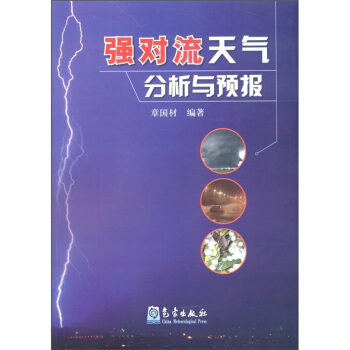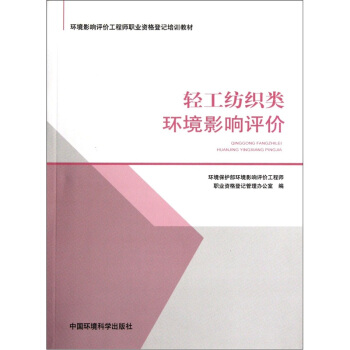![示性类 [Characteristic Classes]](https://pic.windowsfront.com/10104511/546c5052Nfd8676a9.jpg)

具体描述
编辑推荐
In 1942 LEV PONTRJAGIN of Moscow University began to study thehomology of Grassmann manifolds, using a cell subdivision due to CharlesEhresmann. This enabled him to construct important new characteristicclasses. (Pontrjagins many contributions to mathematics are the moreremarkable in that he is totally blind, having lost his eyesight in an acci-dent at the age of fourteen.)内容简介
The text which follows is based mostly on lectures at PrincetonUniversity in 1957. The senior author wishes to apologize for the delayin publication.The theory of characteristic classes began in the year 1935 with almostsimultaneous work by HASSLER WHITNEY in the United States andEDUARD STIEFEL in Switzerland. StiefeIs thesis, written under thedirection of Heinz Hopf, introduced and studied certain "characteristic"homology classes determined by the tangent bundle of a smooth manifold.Whitney, then at Harvard University, treated the case of an arbitrary spherebundle. Somewhat later he invented the language of cohomology theory,hence the concept of a characteristic cohomology class, and proved thebasic product theorem.内页插图
目录
Preface§1. Smooth Manifolds
§2. Vector Bundles
§3. Constructing New Vector Bundles Out of Old
§4. Stiefel-Whitney Classes
§5. Grassmann Manifolds and Universal Bundles
§6. A Cell Structure for Grassmann Manifolds
§7. The Cohomology Ring H*(Gn; Z/2)
§8. Existence of Stiefel-Whitney Classes
§9. Oriented Bundles and the Euler Class
§10. The Thorn Isomorphism Theorem
§11. Computations in a Smooth Manifold
§12. Obstructions
§13. Complex Vector Bundles and Complex Manifolds
§14. Chern Classes
§15. Pontrjagin Classes
§16. Chern Numbers and Pontrjagin Numbers
§17. The Oriented Cobordism Ring Ω*
§18. Thorn Spaces and Transversality
§19. Multiplicative Sequences and the Signature Theorem
§20. Combinatorial Pontrjagin Classes
Epilogue
Appendix A: Singular Homology and Cohomology
Appendix B: Bernoulli Numbers
Appendix C: Connections, Curvature, and Characteristic Classes.
Bibliography
Index
前言/序言
The text which follows is based mostly on lectures at PrincetonUniversity in 1957. The senior author wishes to apologize for the delayin publication.The theory of characteristic classes began in the year 1935 with almostsimultaneous work by HASSLER WHITNEY in the United States andEDUARD STIEFEL in Switzerland. StiefeIs thesis, written under thedirection of Heinz Hopf, introduced and studied certain "characteristic"homology classes determined by the tangent bundle of a smooth manifold.Whitney, then at Harvard University, treated the case of an arbitrary spherebundle. Somewhat later he invented the language of cohomology theory,hence the concept of a characteristic cohomology class, and proved thebasic product theorem.
In 1942 LEV PONTRJAGIN of Moscow University began to study thehomology of Grassmann manifolds, using a cell subdivision due to CharlesEhresmann. This enabled him to construct important new characteristicclasses. (Pontrjagins many contributions to mathematics are the moreremarkable in that he is totally blind, having lost his eyesight in an acci-dent at the age of fourteen.)
用户评价
拿到这本书的时候,首先吸引我的是它的排版和字体选择,一种沉静而又严谨的风格,仿佛这本书本身就是一件精心打磨的数学艺术品。我一直认为,好的教材不仅在于内容的深度,更在于其表述的清晰度和逻辑的严密性。我一直对数学的抽象性感到着迷,尤其是那些能够统一不同数学对象,揭示它们之间深层联系的概念。示性类这个词本身就蕴含着一种关于“标识”和“特性”的意味,这让我联想到很多几何学和拓扑学中的核心问题,比如如何用数值来刻画空间的弯曲度,或者如何区分具有相同局部结构的但全局结构不同的空间。我希望这本书能够以一种循序渐进的方式,从一些基本的几何直觉出发,逐步引入示性类的概念,而不是直接抛出复杂的定义和定理。我期待书中能够包含一些精心设计的插图,这些插图将是连接抽象理论和直观理解的桥梁。如果它能提供一些历史背景的介绍,讲述示性类是如何在数学发展史中诞生的,那将更具吸引力,也能帮助我理解这些概念的深远意义。
评分这本书的封面设计着实让我眼前一亮,那种简洁而又富有深意的构图,仿佛预示着书本内容本身的抽象与深刻。我一直对数学的某些分支,尤其是那些能够描述空间和几何对象内在属性的概念,抱有浓厚的兴趣。虽然我并非数学专业的科班出身,但一直以来,我都在尝试着通过各种渠道,哪怕是通俗读物,来理解那些高深莫测的理论。这本书的题目“示性类”本身就带着一种引人入胜的魔力,它听起来就像是在揭示某种隐藏在事物背后的本质规律,一种能够量化和描述“特性”的工具。我脑海中浮现出许多与之相关的想象,比如如何用数学的语言去勾勒一个曲面的扭转程度,或者怎样去区分不同纤维丛的拓扑性质。这本书的出版,无疑为像我这样的非专业读者提供了一个窥探这一领域奥秘的窗口,我迫不及待地想知道,它将如何以一种我能理解的方式,带领我进入这个充满智慧的世界。我希望它不仅仅是枯燥的公式堆砌,更能融入一些历史的渊源,或者是一些直观的几何解释,这样才能更好地抓住我这样初学者的心。
评分这本书给我最直观的感受是它在内容组织上的独特性。它并非那种按部就班、教科书式的叙述,而是似乎带着一种探索的视角,引导读者一步步深入。我对数学中的“不变性”概念情有独钟,那些无论我们在空间中如何变形、如何变换坐标,都能保持不变的量,往往蕴含着最深刻的几何信息。示性类这个术语,在我看来,恰恰就是描述和捕捉这种不变性的有力工具。我脑海里勾勒的场景是,它会从一些具体的几何问题入手,比如曲线的弯曲度,然后自然地引出更一般化的示性类概念,用来处理更高维度的空间和更复杂的结构。我特别期待书中能够有一些关于示性类在物理学,例如在规范场论或者弦理论中的应用,这能极大地激发我的学习兴趣,让我看到数学理论的强大生命力和实际价值。如果它能包含一些挑战性的思考题,鼓励读者自己去发现和验证一些结论,那将是极好的学习体验。
评分这本书的扉页设计和字体都透露出一种学院派的严谨与优雅,让人不禁心生敬意。我一直以来都对数学中那些能够概括和描述事物本质的工具充满好奇,那些能够捕捉事物“特性”的数学语言。示性类这个词,在我看来,就是这样一种强大的工具,它能够帮助我们理解和区分复杂的数学对象,揭示它们深层的拓扑和几何性质。我设想这本书会从一些基本的几何概念出发,例如向量场的积分,然后逐步引入示性类的概念,并阐述它们是如何在不同数学领域中得到应用的。我尤其希望书中能够包含一些与代数拓扑相关的讨论,比如如何利用示性类来研究流形的拓扑不变量。如果书中能够提供一些历史文献的引用,或者对一些经典定理的证明进行详细的梳理,那将对我深入理解这些概念非常有帮助。我更期待它能提供一些关于示性类在其他科学领域,例如天体物理学或者凝聚态物理学中的应用例子,这能让我看到数学理论的普适性和强大生命力。
评分这本书的语言风格有一种独特的魅力,既不失数学的严谨,又带着一丝文学的韵味,让我能沉浸其中。我一直认为,数学的精髓在于其抽象和普遍性,它能够描述从微观粒子到宏观宇宙的各种现象。示性类,这个听起来就充满神秘感的词汇,在我看来,就像是数学中的一种“指纹”,它能够唯一地标识出某种数学对象的特定属性,而无需深入了解其具体的构造细节。我脑海中浮现的画面是,这本书将以一种清晰而生动的语言,阐述示性类是如何从对几何对象性质的细致观察中孕育而生的,以及它如何成为连接不同数学分支的桥梁。我希望它能提供一些关于示性类在现代数学研究前沿的介绍,例如它在代数几何、微分几何或者拓扑学中的最新进展,这样我能更了解这个领域的前沿动态。同时,我也希望书中能有一些历史性的叙述,讲述那些伟大的数学家们是如何一步步开创示性类这一宏伟领域的,这能让我感受到数学思想的传承和发展。
评分欢迎您撰写这本书的原创书评
评分不是橘红色!!!!是白底的...还是想要橘红色的
评分非常好,买过好几次了,推荐给大家。
评分还没看过不发表内容的评论了,评论一下别的:纸张光滑,比世图出版的别的书要好很多,封面与图示不符,为白色红边,不过依然很漂亮,里面印刷不错。
评分内容质量没得说!
评分非常棒,经典著作,值得购买!
评分这本书还是不错的,需要注意的是照片与实际有点不符,是白色封面的。优惠期间购买更实惠。
评分好书,真的,我喜欢,就是好呀
评分好书好书好书好书好书好书好书好书
相关图书
本站所有内容均为互联网搜索引擎提供的公开搜索信息,本站不存储任何数据与内容,任何内容与数据均与本站无关,如有需要请联系相关搜索引擎包括但不限于百度,google,bing,sogou 等
© 2025 book.coffeedeals.club All Rights Reserved. 静流书站 版权所有



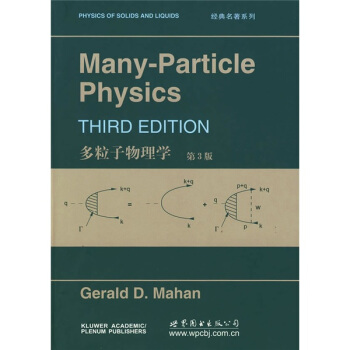

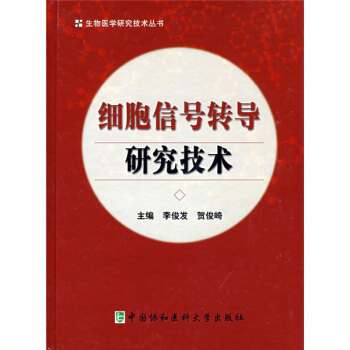
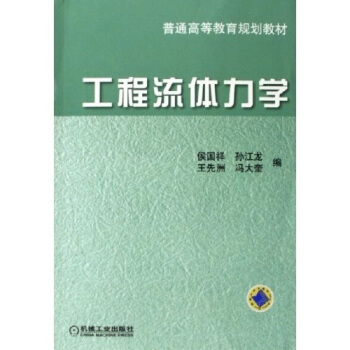
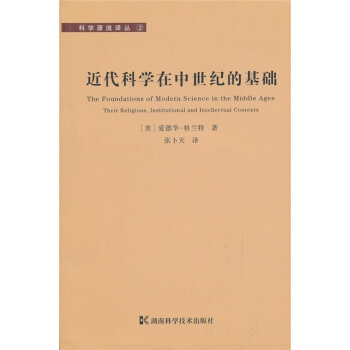

![非线性光学晶体:一份完整的总结 [Nonlinear Optical Crystals:A Complete Survey] pdf epub mobi 电子书 下载](https://pic.windowsfront.com/10336162/565524eaN3b696e72.jpg)
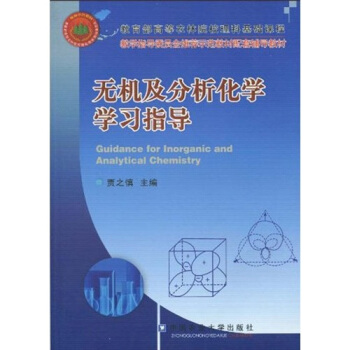

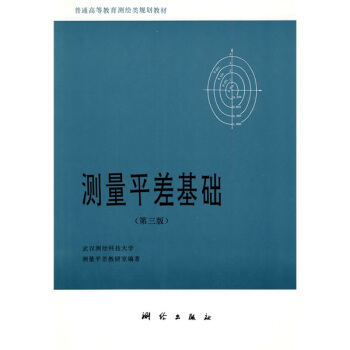
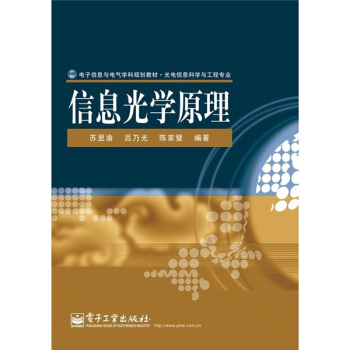

![浙江大学系列丛书:常微分方程 [Ordinary Differential Equations] pdf epub mobi 电子书 下载](https://pic.windowsfront.com/10647518/749465b7-ddb2-452f-a628-3fc98e076e86.jpg)

